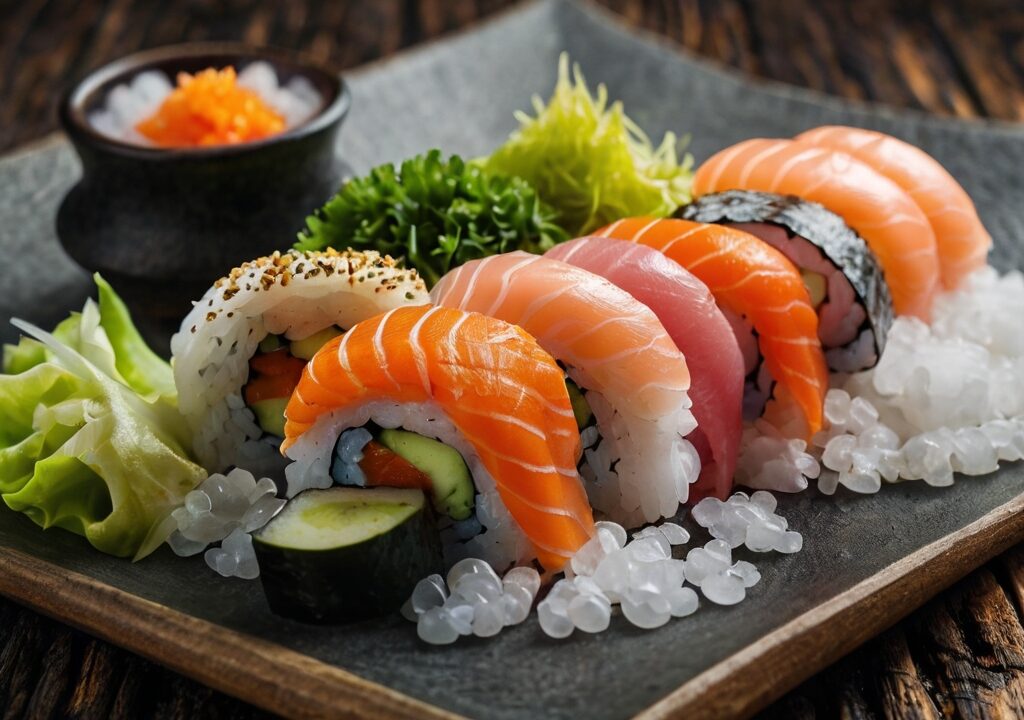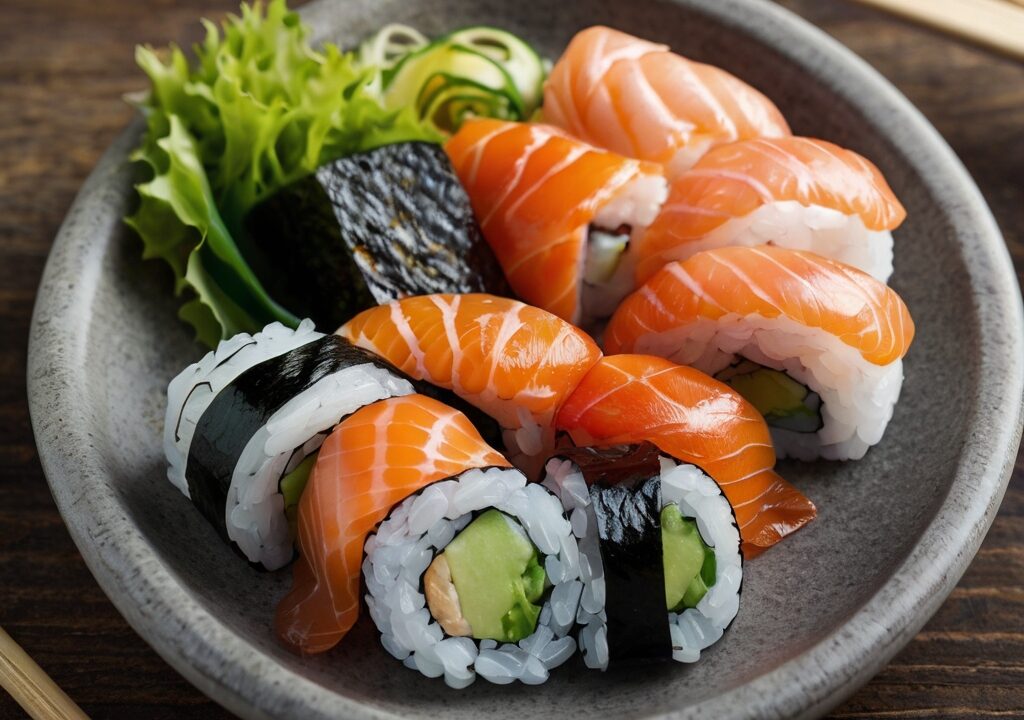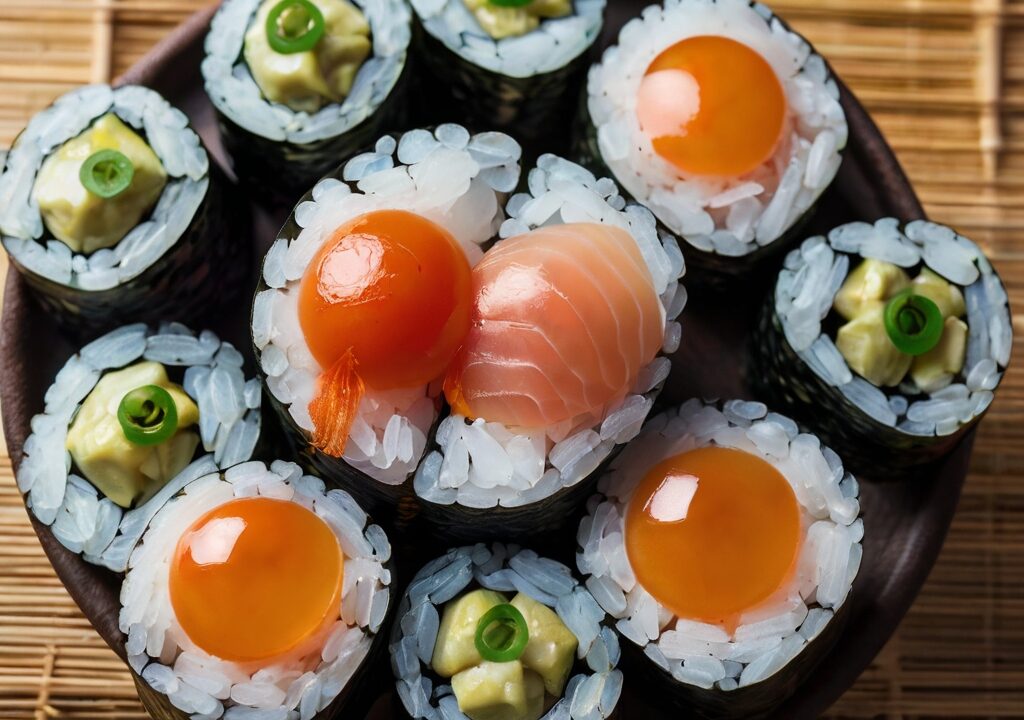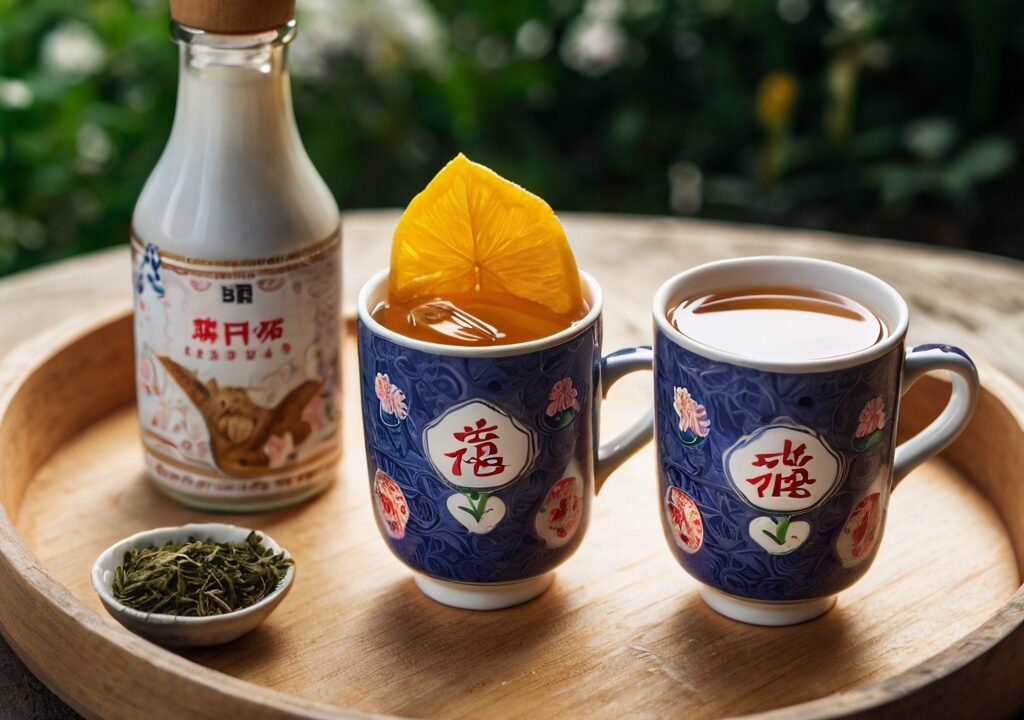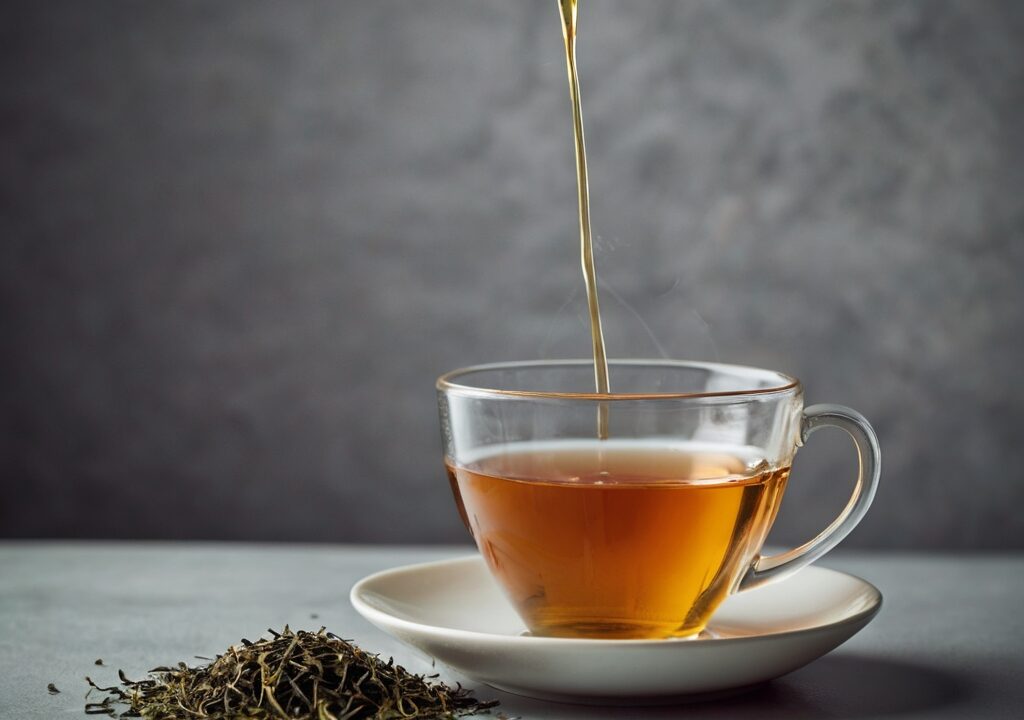Freezing sushi might seem unusual, but many sushi lovers ask this question when they have leftovers from their Japanese feast. Fresh sushi with raw fish tastes best within a day, but freezing offers a great way to make it last longer.
Your frozen sushi can stay good for up to 3 months with proper storage. Raw fish varieties like sashimi only keep for 1-2 days in your fridge, while sushi with cooked meat remains tasty for up to two months… Read More

